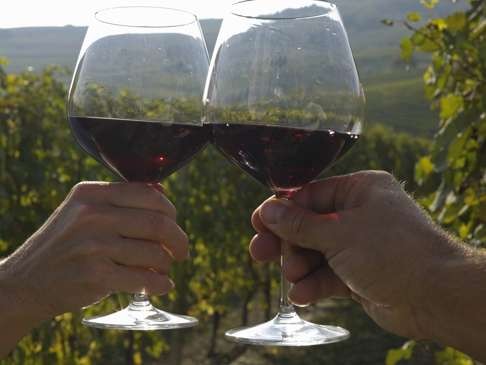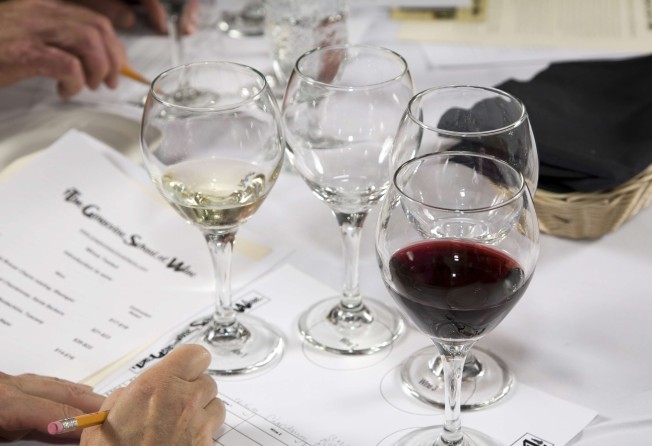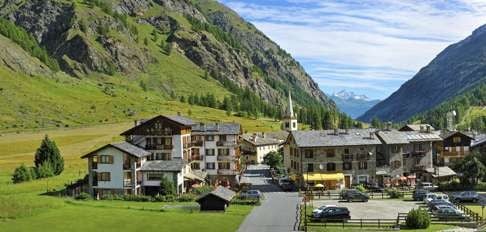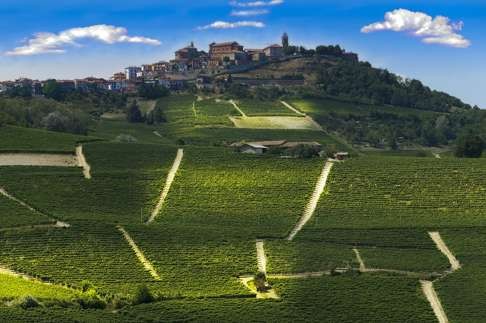
Wine writer gets her groove back on trip to Turin, where love affair with the grape began
Having finally got through her professional exams after years of study, it took a visit to the Italian city where she first encountered nebbiolo, ‘the genius grape’, to reignite Sarah Heller’s passion

Anybody who’s studied something for long enough can likely empathise with my conundrum. No matter how much love you have for a subject at the start, by the time you are several years in, the topic – however sexy – has lost its lustre.
The difference between wine and, say, etymology, is that for many people, especially those outside the wine world, the topic remains fairly juicy. Thus your sullen reticence, or tacked-on grimace, when called upon to discuss this thing you love seems totally inexplicable.
I was, I admit, burned out when it came to wine at the start of this summer. After the initial euphoria of having survived my Master of Wine exams without a computer crash or nervous breakdown, my interest in ever regarding fermented grape juice as anything beyond a tasty beverage had shrivelled like cabernet grapes in a heatwave.

The foundation of any great love story is the improbably serendipitous “meet-cute.” This romance starts many years ago in Turin, capital of Piedmont in northwestern Italy, where I was a kitchen hand during a gap term, and first encountered nebbiolo, the genius grape behind Barolo and Barbaresco. It was the first place I felt deeply happy in years.
I chose Turin not so much through careful research into Italy’s regional culinary traditions, but because of a colourful New York Times article on Turin’s famed gianduja (the chocolate and hazelnut paste that Nutella – much more cheaply – is based on) that coincided with a breathless parental travel missive extolling Turin’s splendours. “Cool, dad,” I responded, “wanna help me find a job there?” He did: at a restaurant called Boja Fauss, loosely translatable as “wtf?”

Fast forward to my husband’s birthday gathering this July in the pocket-sized hill town of La Morra in the Barolo zone, and by now a much more jaded narrator. After many days blithely absorbing resplendently earthy, perfumed Barolo (with nary an iPhone photo nor handwritten note to document the experience), we rolled down the hill and back up another to the Valle d’Aosta, where I hadn’t been since that first visit.
Though we’d intentionally left wine country for a midweek detox, the iridescent brilliance of Valle d’Aosta’s Donnas (also nebbiolo-based, naturally) soon put these lunatic ambitions to rest. The wine was splendid, but no resurgence just yet of the deep and abiding passion that makes you decide to commit yourself to something for all time. Still, I held out hope for our stop in that proud, grandiose city of Turin, birthplace of my blind, non-judgemental love of wine and pilgrimage of last resort.

If you can remember falling head over heels for wine, you’ll recognise this story. It starts with a vague, sense of dissatisfaction; a conviction that you exist on a plane at odds with your own idiosyncrasies. Then one day you find the first place that fits. It’s always intensely foreign, but somehow spurs a deep sense of belonging or at least a deep yearning to. There is always wine there. The essence of the place is encapsulated in that wine.
By this I don’t mean “terroir” – Barolo doesn’t grow in Turin, but Turin is inextricable from Barolo in my mind. Whatever that wine is, you develop the unshakeable conviction that it is the world’s best, whether rooted in reality or in the barbs that wine has sunk into the soft, fleshy parts of your psyche.
It all coalesces when, to your everlasting surprise, you’re actually made to feel that you belong there by the local people. Because they get it; they get that you get it. They feel you.
To retain that feeling, you do crazy things. Like signing up for a programme to study wine in borderline obscene detail for multiple years even though you have no intention of ever, say, making wine. Still, gradually it slips away. You spend years wondering why. Apparently, to regain it, return to the place. It all comes back, I promise.